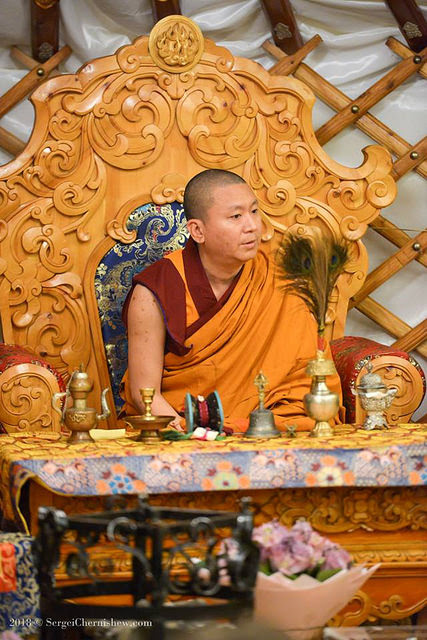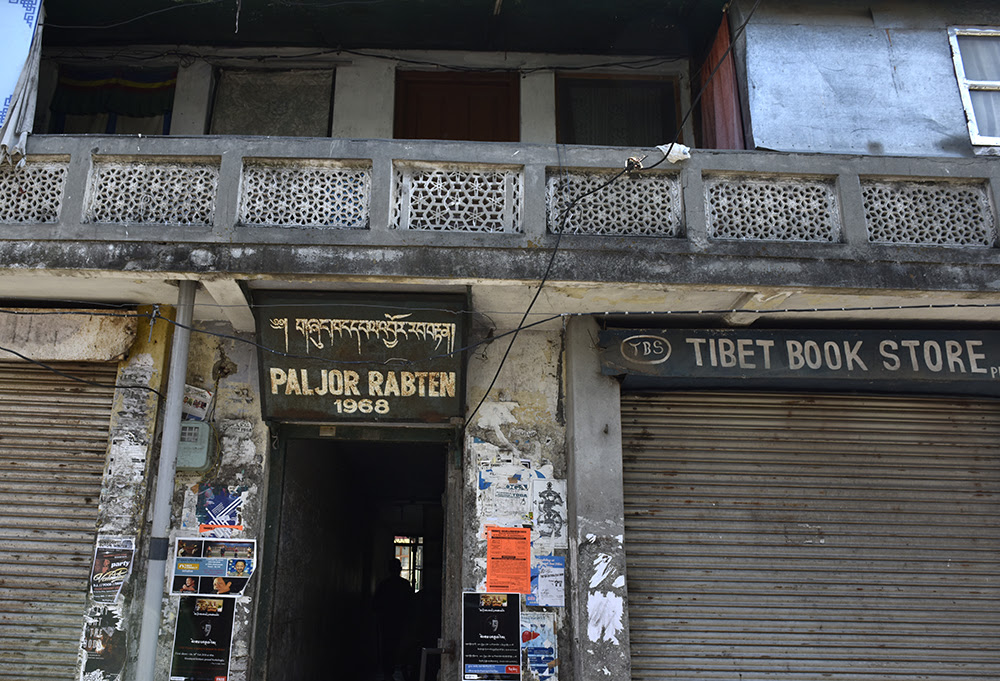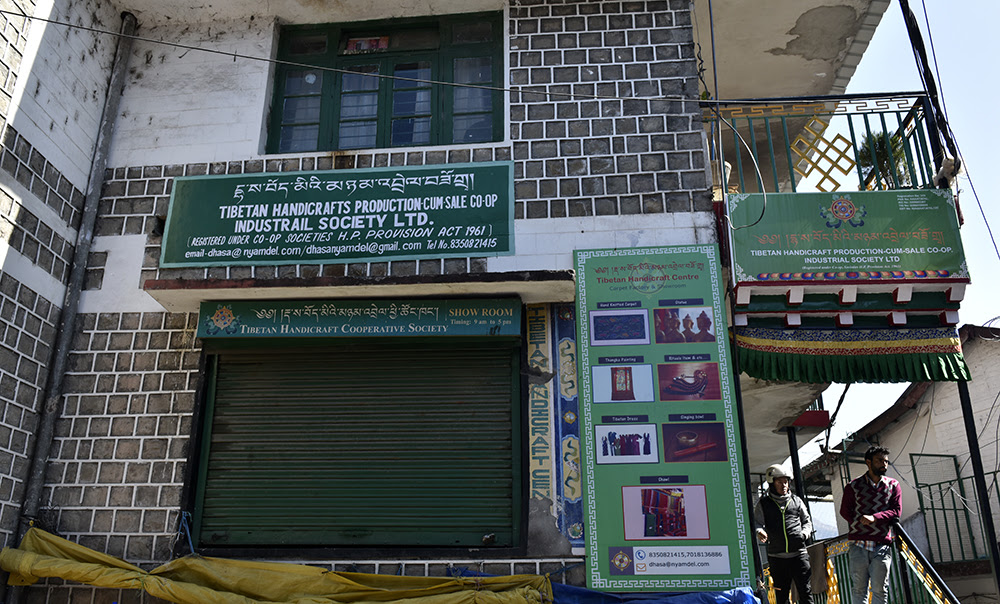Myanmar Government Urges Buddhist Clergy to Act Against Wayward Monks

By Shyamal Sinha

Buddhism in Myanmar is predominantly of the Theravada tradition, practised by 89% of the country’s population It is the most religious Buddhist country in terms of the proportion of monks in the population and proportion of income spent on religion.
Myanmar’s minister of Religious Affairs and Culture, U Aung Ko, has urged the country’s highest Buddhist authority, the State Sangha Maha Nayaka Committee (Ma Ha Na) to take action against wayward monks who violate monastic rules and regulations and insigate communal unrest.
Monks who violate the rules and through words or actions disrespect Buddhism should be prosecuted, said U Aung Ko during the annual meeting of Ma Ha Na in Yangon on Tuesday, which was attended by all of Ma Ha Na’s 47 senior Buddhist monks along with senior government officials.
Ma Ha NA is a government-appointed council that overseas and regulates Myanmar’s Buddhist clergy. It is the only sangha organization recognized by the government and the only agency with the authority to discipline monks under Myanmar law. Before a monk can be detained by police, for example, Ma Ha Na needs to consent to the arrest.
There has been an increase in incidents related rogue monastics in Myanmar, with reports of fake monks harassing the public for money, monks engaging in gambling, and ultra-nationalist monks encouraging civil unrest across the country.
U Aung Ko emphasized how the actions of these monks demonstrated a lack of respect for Buddhism and could pose a threat to the religion: “Because these monks commit violations, it will tarnish the reputations of other disciplined monks and could pose a threat to the future of Buddhism,” Aung Ko told the council. “Some monks and novices have been acting irreverently against the religious rules, that’s why I would like to ask the State Sangha council to let the government take action against them.” (Myanmar Times, Radio Free Asia)
U Aung Ko called on the council to work with administrative bodies to enforce Directive No.72, which lists basic rules and regulations for monks.
The chairman of Ma Ha Na, Bhaddanta Kumara Bhivamsa, agreed with the minister, stating: “The actions of misbehaving monks affects the faith of believers and gives a negative image to non-Buddhists.” He added that the committee should enforce religious laws more strictly, and that the basic rules and instructions for proper behavior, such as those written into Directive No. 72, should be published.
In addition, the minister requested that instructions be sent to all levels of the sangha to regulate temple trustees and prevent the abuse of donations by these groups. The basic principles of sangha organizations were outlined in 1980, and at that time it was also determined that sanghasadjudicate their own cases of abuse.
The Ma Ha Na chairman presented his resignation at the meeting, but the committee refused to accept it and requested that he continue to perform the functions of his office.
Ma Ha Na has in the past disciplined members of the sangha for transgressions. Last year, for instance, the committee prohibited the ultra-nationalist monk Ashin Wirathu from preaching for a year—a ban that expires next month—after he was accused of spreading hate speech that could lead to religious conflict, and also banned organizations from operating under the “Ma Ba Tha” moniker, which was used as an identifier for the ultra national Committee for the Protection of Nationality and Religion, a collective of hardline Buddhist abbots and influential monks founded in 2013.
More than 80 per cent of Myanmar’s 52 million citizens are Buddhists, and according to Myanmar’s Ministry of Religious Affairs and Culture, Myanmar has more than 500,000 Buddhist monks.
The overwhelming majority of Burmese monks wear maroon robes, while others wear ochre, unlike in neighbouring Theravada countries like Thailand, Laos and Sri Lanka, where monks commonly wear saffron robes.






































